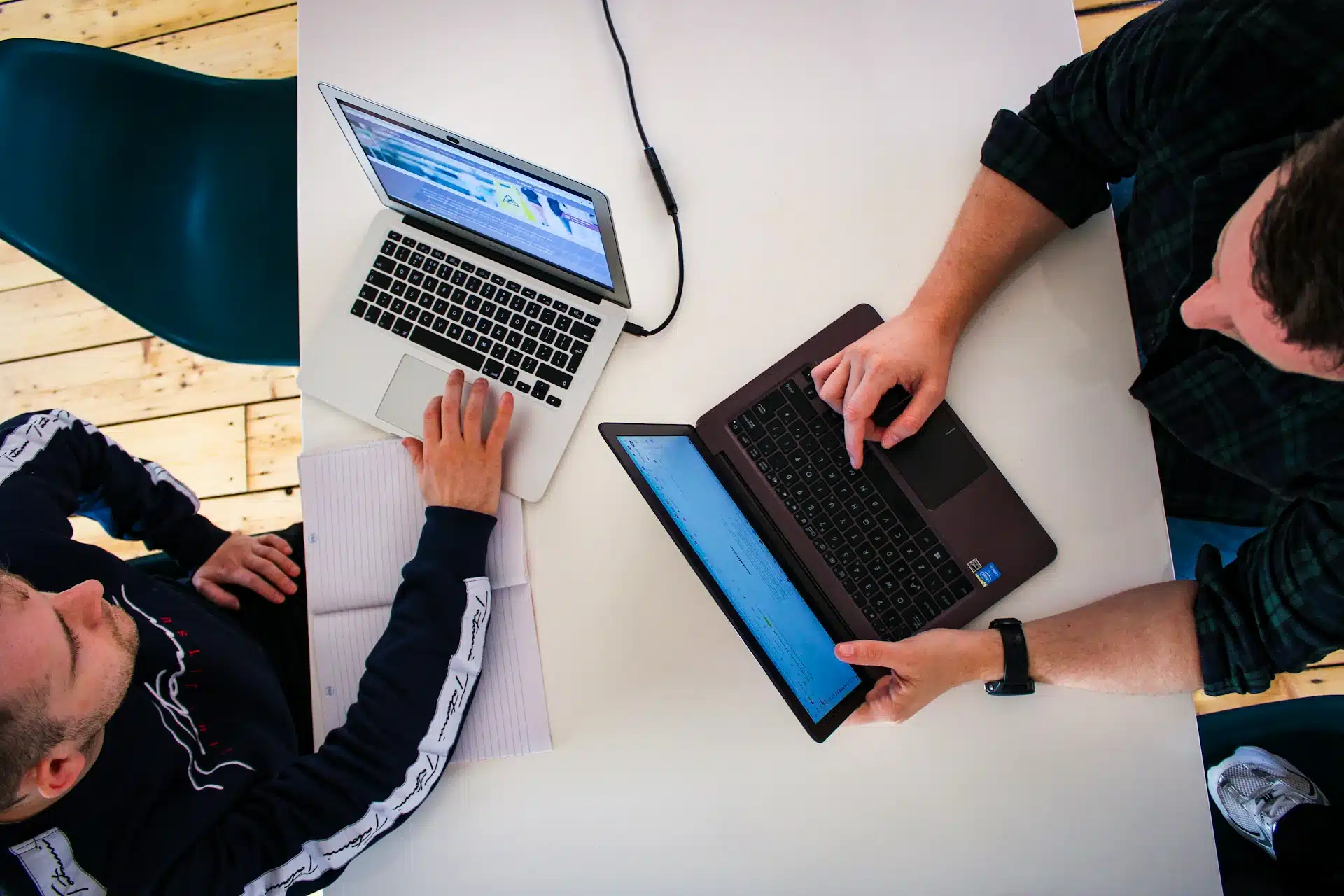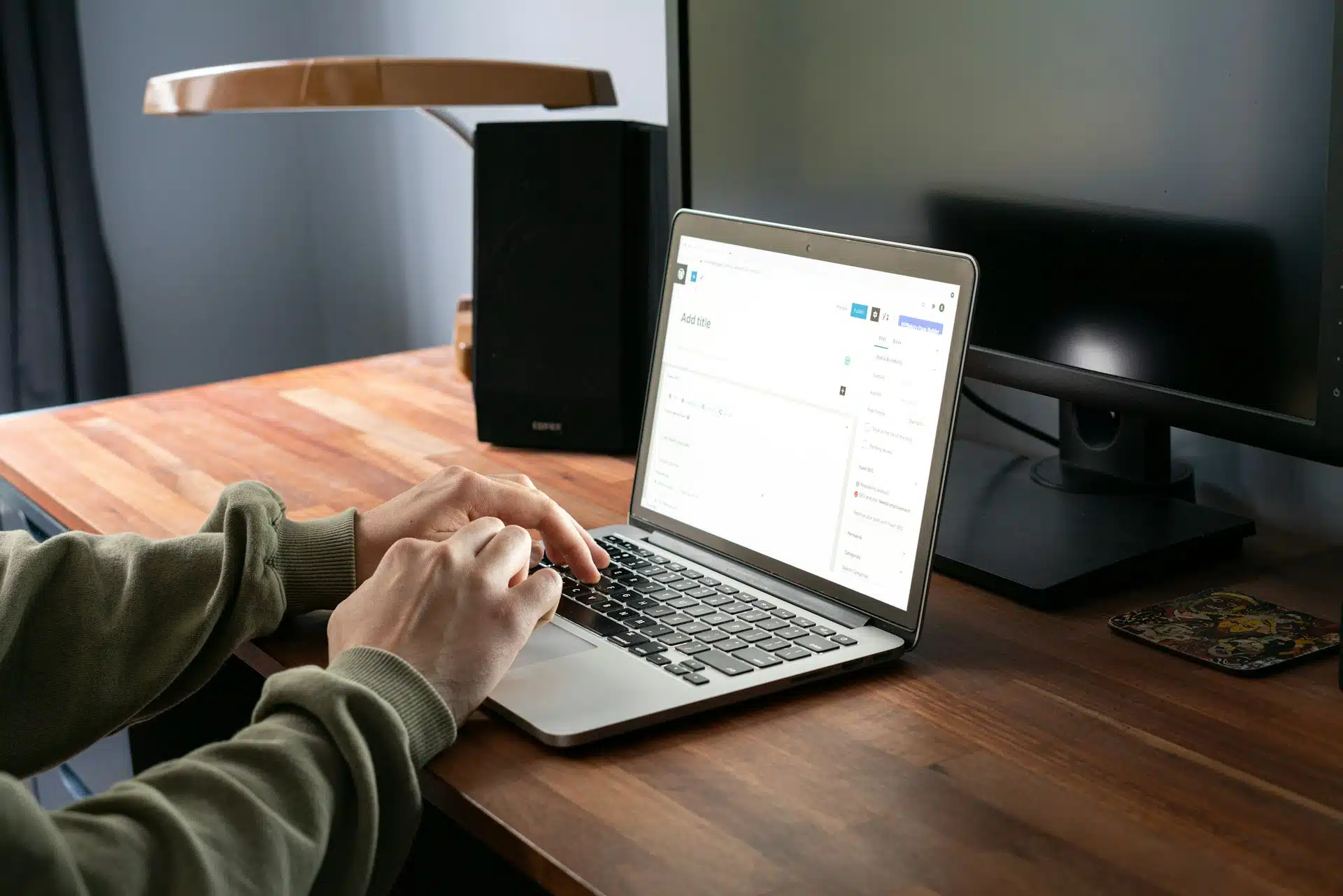

Web design can have a significant impact on your business. When people visit your website, you want to create a great experience for them so that they will keep coming back.
Bad web design can prevent potential customers from taking action and can lower your sales. Things such as poor readability, slow loading media, and confusing navigation on your website can affect how customers view your business.
To improve the user experience on your website, it’s best to practice responsive web design. This way, no matter what device the customer is using to view your website, the layout can adapt to create an equal user experience.
What Is Responsive Web Design?
Responsive web design allows for a flexible layout for your website. This lets your website design adapt to different dimensions for different devices. Aside from the screen sizes, it also factors in other elements of the user experience. For example, it considers the mouse pointer vs. touchscreen experience.
With responsive web design, web designers no longer need to create different layouts and designs for each device. It ensures an equal user experience no matter where the user is viewing your website.
To keep a flexible layout for your website, here are three elements of responsive web design you need to have for your website.
1. Mobile Navigation
Since people spend a lot of their time on their phones, it’s imperative for businesses to head into a more mobile-friendly approach. The user experience is very different on a mobile device compared to a desktop computer. For example, your web design should have larger buttons for mobile navigation so that it’ll be easier for the user to tap.
Most websites use a hamburger menu for mobile navigation. This menu consisting of three horizontal lines stacked on top of each other is named such because it resembles a hamburger. This menu design is best for mobile devices as it adapts well to the device’s vertical screen orientation.
2. Flexible Visuals
Visuals are an important aspect of any website. And you want your visual elements to be easily visible by users no matter what device they’re using. This means making your visuals more flexible by having them automatically resize to fit whichever screen. With the desktop’s horizontal orientation and the mobile’s vertical orientation, you really want your visual elements to easily adapt accordingly to optimize the user’s viewing experience.
3. Fluid Grids
The flow and layout of your website can get messed up once viewed on a different device, and you don’t want this. It’s best to have fluid grids to cater your layout to different screen sizes. Fluid grids allow your content to be easily resized and stacked to create a better flow.
In Summary
You want to incorporate responsive web design for your website to allow for a more flexible layout. Responsive web design lets your website adapt to different screens and devices, creating an equal user experience for your audience. For a more responsive web design, elements such as mobile navigation, flexible visuals, and fluid grids must be included. When you work with web design experts, you can be sure that all these elements will be incorporated into your website.
For the best Calgary web design service, you can look to Hello Digital Marketing to provide you with quality digital solutions. We help businesses in Winnipeg and Calgary learn, build, and grow their digital footprint with smart and agile website design and digital marketing strategies. Say hello to get started!
Recent Articles
Write For Us
Think you’ve got a fresh perspective that will challenge our readers to become better marketers? We’re always looking for authors who can deliver quality articles and blog posts. Hundreds of your peers will read your work, and you will level up in the process.Ready to grow? Say Hello






